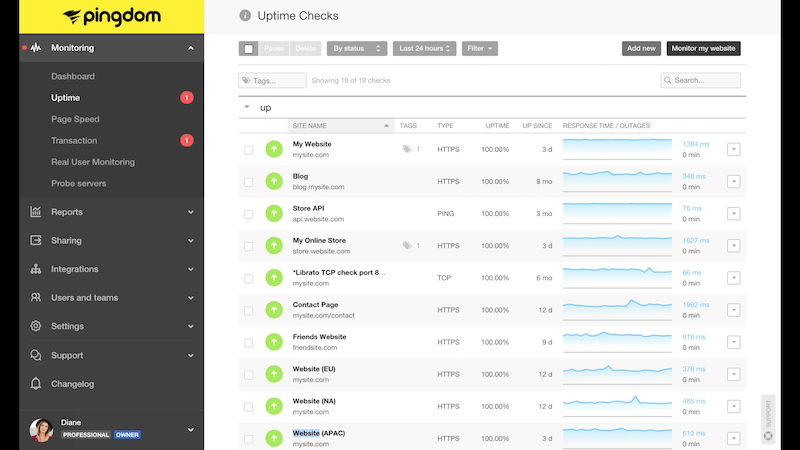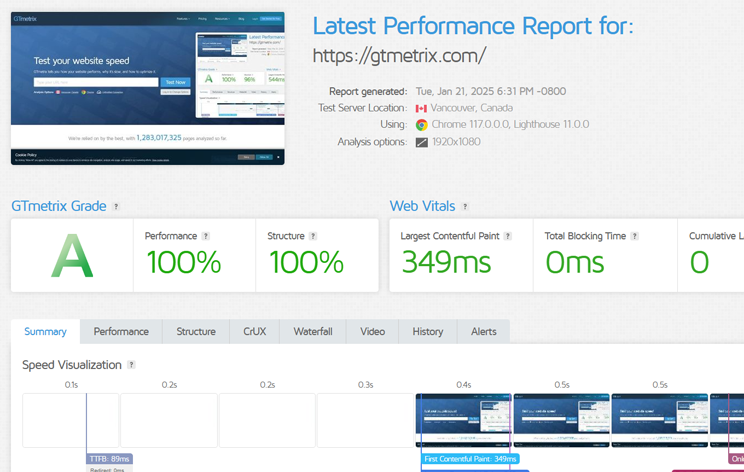Your staff just went through an intensive User Acceptance Testing (UAT) process, and the shiny new website looks and performs as expected. You give the go ahead to the vendor to launch the site, and in most cases it is also the last time anyone tests all features of the website. Unless a team member or client notices an issue, no one is actively analyzing the site to ensure it maintains expected performance. More often than not, that is due to either not having a staff member responsible for testing or not having the necessary resources to test.
The fusionSpan Blog
Use Automated Testing for your Assoiation’s Website


Why Automation?
For associations, websites are often their main member communication platform, and are critical to their operations and financial well being. But websites are complex and can have many pages, sections, forms and other dynamic elements. Its not possible for a human to test all features on a website on a regular basis. The only reasonable solution to ensure the site is working as expected is to implement a comprehensive suite of automated tests.
Types of Website Testing
![]() Testing Automation has come a long way and can be a highly effective solution in identifying issues with the site. Issues that association usually rely on members to report on. But often that causes frustration amongst members or these issues are found at critical junctures (like during conference registrations), leaving everyone scrambling.
Testing Automation has come a long way and can be a highly effective solution in identifying issues with the site. Issues that association usually rely on members to report on. But often that causes frustration amongst members or these issues are found at critical junctures (like during conference registrations), leaving everyone scrambling.
While it might seem obvious as to why you would want your website to function properly, there are a few different metrics that could impact website performance.
With automation, test cases once set-up can run on their own, and frequently. This will ensure the website continues to look and function as expected. Therefore, when your association website experiences high-traffic sessions like membership renewals and event registrations, you can rest easy at night knowing your page is being monitored.
Site availability
One performance metric we can all agree on is that site should be online at all times. Free tools like Pingdom and UptimeRobot can constantly monitor your website, and then send out an alert when the site is not accessible.
Since website outages need immediate attention, these alerts can be configured to be sent via email, SMS or to your organization messaging application like Microsoft Teams or Slack.

Site Performance
![]() This is often a key metric and its also one that has no standard – some sites load faster than other. Its a metric that no one will report an issue with unless the site load times are extremely slow. But its also critical to how usable your website is.
This is often a key metric and its also one that has no standard – some sites load faster than other. Its a metric that no one will report an issue with unless the site load times are extremely slow. But its also critical to how usable your website is.
According to Kissmetrics, 47 percent of consumers expect a page to load in two seconds or less. Kissmetrics’ analytics say that 40 percent of consumers will abandon a website that takes more than three seconds to load.

Compatibility
Browsers are updated constantly, and new ones are often introduced to market. The same browser can also behave differently on different operating systems or devices. This could mean that the website may be broken to a section of your website audience, but no one in staff may realize just because they are using a totally different browser make or version.
With automated tests, we can quickly run the same tests on a multitude of devices, operating systems and browsers. This ensures that any incompatibility can be identified and fixed promptly.
User Login / Single Sign On Testing

Most association websites will implement single sign on with their CRM, so they can provide member only content to their paying members. This is an integration with an external that will at some point break. When this integration is broken its often not “visible” and the only way you will know is when members start logging support tickets.
But as we show below, we can implement automated tests that will alert us when site login is broken.
Test Automation

A better alternative would be to run an automated test which simulates a member logging into the website. This can be done with automated tools like BrowserStack and SauceLabs. These are paid services but they provide a lot of value. You can setup automated website tests that simulate what a real user would do. They are very easy to create and can be run automatically and simulate multiple devices, operating systems and browsers.
How can fusionSpan help?
Although often overlooked, automated website testing should adopted for every site expecting traffic. We hope to keep writing on this topic for the DIY’ers. For others, we have support plans that include setting up fully automated test suites. Please contact our Digital Strategy Team and inquire about our support options today!








